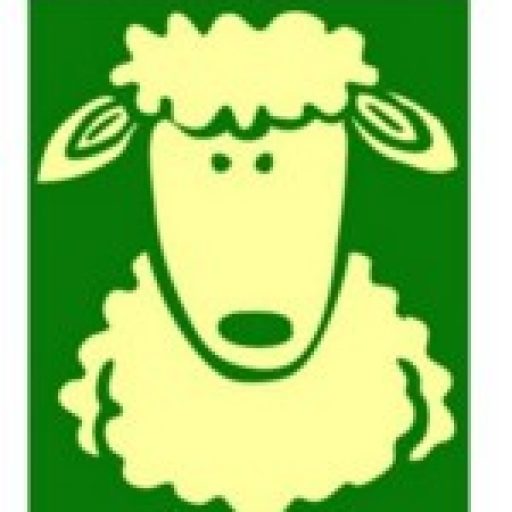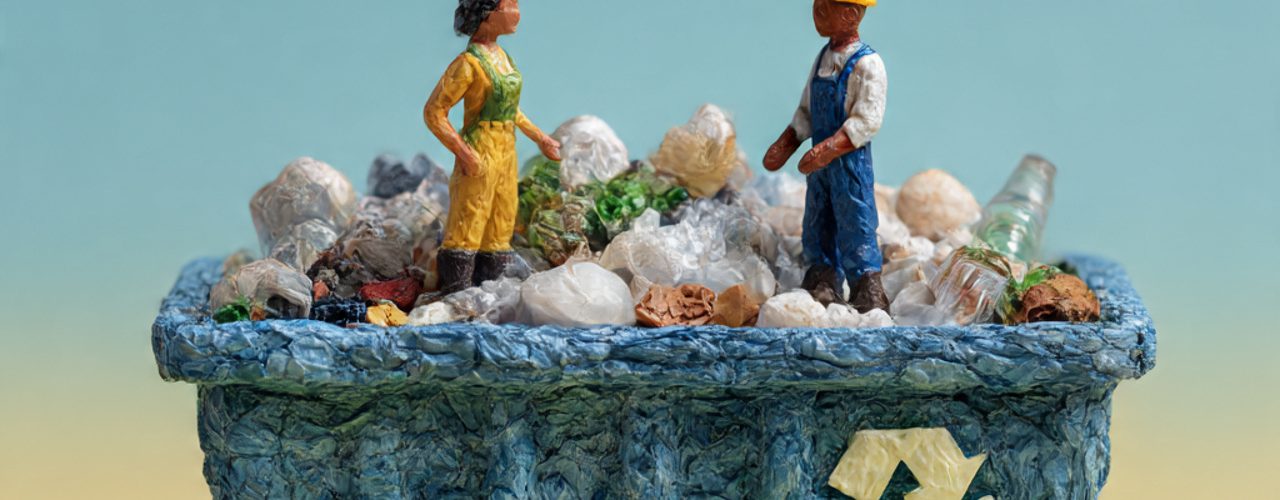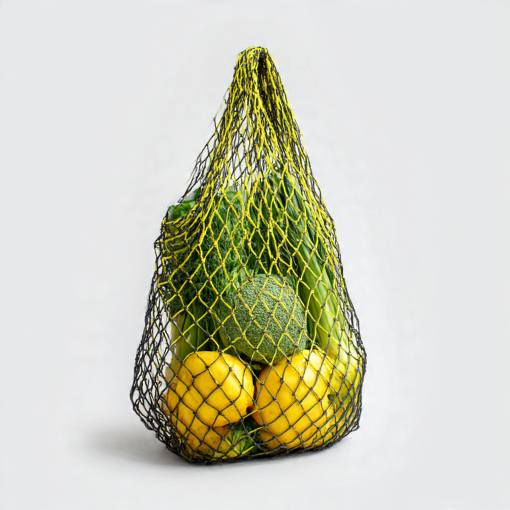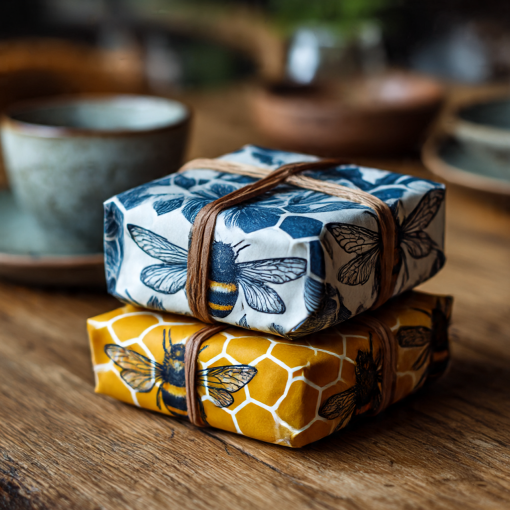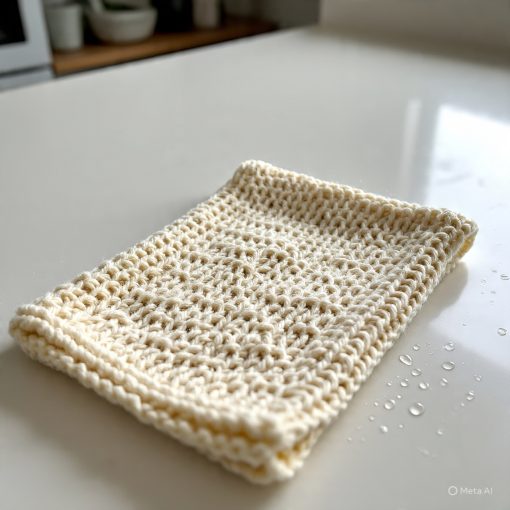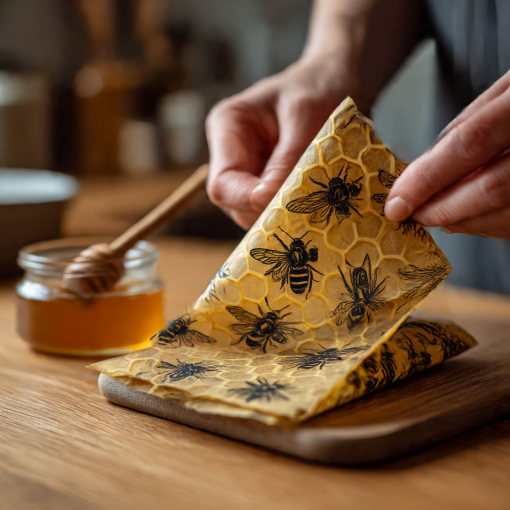The facts about what happens with recycling in Central Hawke’s Bay
Recycling from the kerbside collections and the drop-off centres is sorted, consolidated and bailed at the Waipukurau Transfer Station.
The Hook containers, used at our larger drop-off recycling centres, accommodate larger volumes of recycling compared with the previously used wool fadges and are easier to handle and transport. The Hook containers are taken directly to our contractors recycling processing centre in Whatakau for sorting, consolidating and bailing.
Once processed, the recycling is transported to specialist recyclers in New Zealand or overseas. The final destination for the recycling depends on the demand for the product, although where possible Hawke’s Bay businesses are utilised.
| Product | Where it goes and facts |
| Agrecovery (Agrichemical containers and silage wrap) | Goes to 3R Group in Hastings, this is a self funding product take back scheme that is free to use when you purchase agrichemicals form a participating agrichemical manufacturer. They make underground electricity cable makers and plastic wraps from the recycled products.
· In the last 3 years CHB has recycled over 11,000 agrichemical containers! |
| E-Waste | Goes to the South Waikato Stepup Trust in Tokoroa where TV’s, computers and other e-waste get stripped down and the components are recycled.
· 95% of old computers are recyclable. |
| Glass | Most people believe that glass is the easiest product to recycle, which dates back to the days where you returned your beer and fizzy bottles for a “bounty” so the bottle could be reused. Unfortunately this is no longer true. Many Councils struggle to recycle glass in the way the people would think (melt the glass down to make into new bottles).
The three main reasons glass is harder to recycle than say plastic is 1) the dangers of handling glass 2) glass needs to be accurately colour sorted with no contamination from other coloured glass or other materials 3) glass is heavy making it difficult and expensive to transport and export Luckily CHBDC has been able to use 6,000m3 of glass (approx 6 years worth of recycled glass from CHB) as Leachate drainage medium on our landfill extensions. Using glass as a substitute for drainage aggregate which would normally be used has saved Council nearly $200,000 in construction costs. Now that the landfill construction is finished our glass is being colour sorted and taken to our contractors recycling processing centre in Whakatu for sorting and consolidation into larger volumes before the product gets trucked to Owens-Illinois (O-I) in Auckland, NZ’s only large scale glass plant. |
| Greenwaste | Is shredded by Compost NZ and taken to BioRich Hawke’s Bay, where the Greenwaste is turned into Organic compost for use by commercial growers. |
| Metal/ Abandoned Cars | Is collected by Baypress in Napier and ends up in Auckland at Pacific Wire, where the metal is mainly used to make reinforcing wire. |
| Oil | Is collected free of charge at the Waipukurau Transfer Station and is stored in a storage tank. The oil is re-processed where required and given a second life as a consented industrial fuel. |
| Paint
|
Is collected at the Waipukurau Transfer Station. Where possible paint will be put to one side for use by the Community and the remainder transported to the Enviropaints plain in Otaki to be recycled back into paint. |
| Paper & Cardboard | Goes to Hawk Packaging in Whakatu, where it is mainly used to make fruit and egg trays.
For every tonne of paper recycled 13.5 trees and 5,000 litres of water is saved, and the equivalent of 5.4 tonnes of CO2 is not released into the atmosphere. Every New Zealander uses 3 trees per year for their paper and cardboard needs. |
| Plastic, Tin & Aluminium cans | Goes to our contractors recycling processing centre in Whakatu for sorting and consolidation into larger volumes before the product goes to market either in New Zealand or overseas.
What do they make from the plastic, tin and aluminium cans? Aluminium is recycled into all aluminium products including cans, extrusions and bike frames! Tin Cans are recycled into any steel product including cans. Plastics are recycled into many products including polar fleece materials, buckets, toys, bottles, and containers. Recycled aluminium uses up to 95% less energy than producing from raw materials. For 1 can this is enough energy to run a light bulb for 20 hours. Recycled plastic uses up to 70% less energy than producing plastic from scratch, 13 recycled plastic bottles make enough fibrefill to stuff a ski jacket. |
Every year CHBDC recycles approximately:
- 3,700 Agrichemical containers.
- 140 tonnes of scrap metal (excluding cars).
- 280 tonnes of paper and cardboard.
- 120 tonnes of plastic, aluminium and tin cans.
- 490 tonnes of glass
- 2,000m³ of shredded GreenWaste
